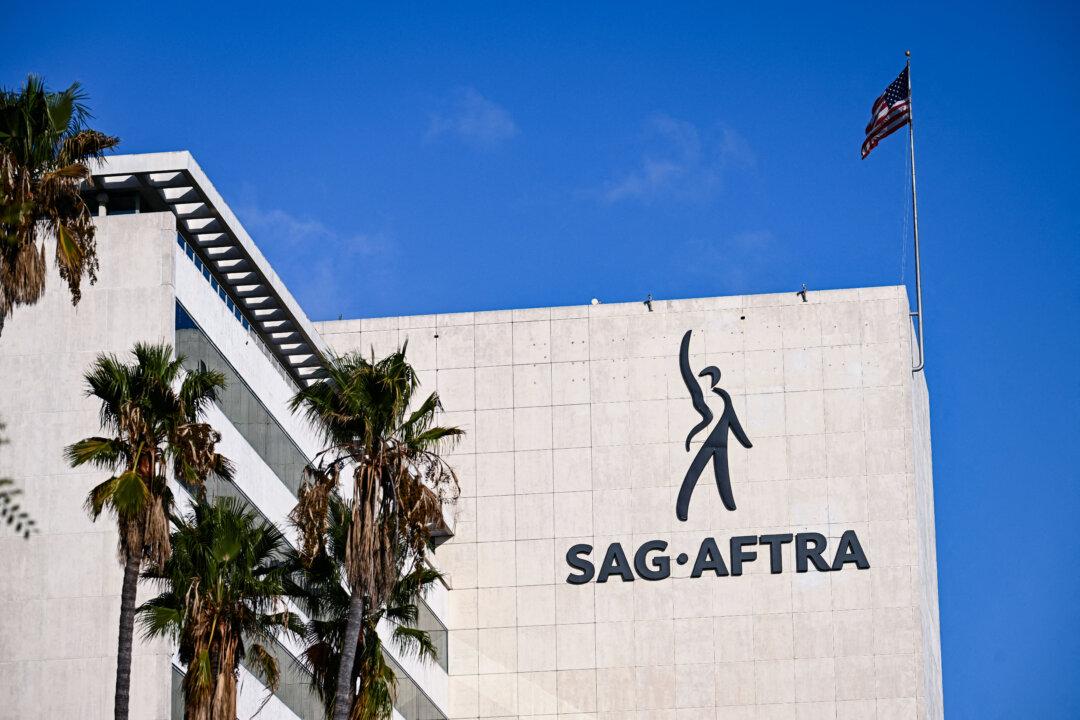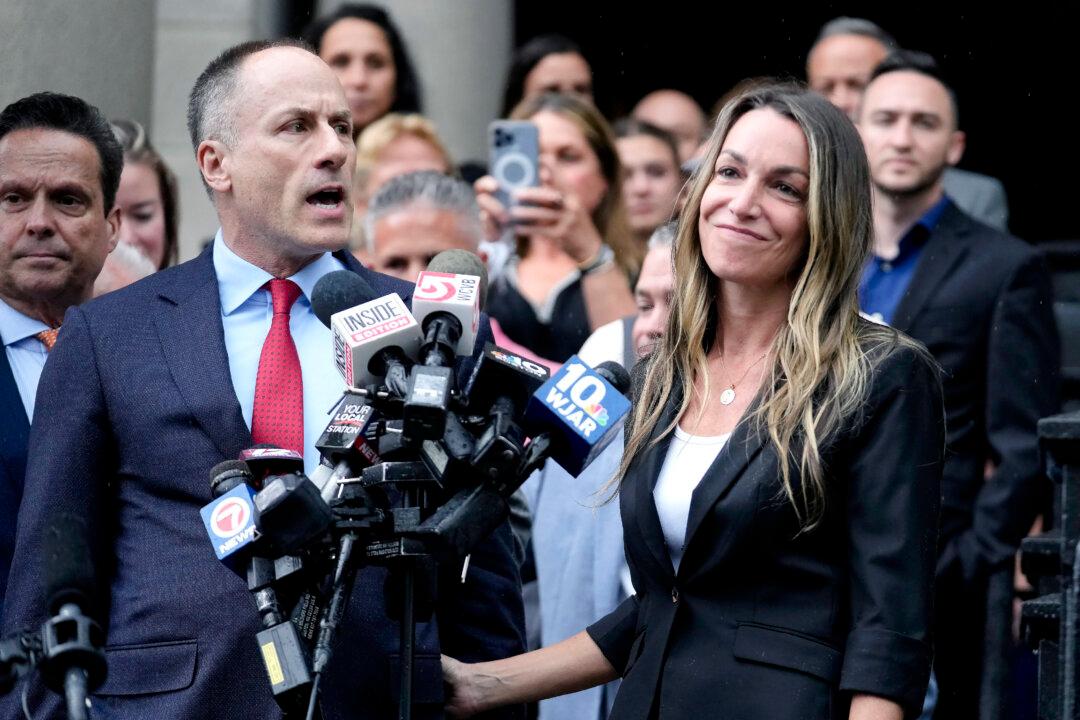A federal appeals court handed down a major defeat in the argument against so-called “racial balancing” by schools to create a more ethnically and economically diverse student body this week.
The 4th U.S. Circuit Court of Appeals overturned a previous court ruling that an admissions policy adopted by America’s top-ranking public school—Thomas Jefferson High School for Science and Technology—was unconstitutional and instead sided with the Fairfax County School Board’s assertion that the policy is race-neutral, and, therefore, constitutional.
Seventeen states and several organizations, including the NAACP and ACLU, submitted briefs in support of what the federal court called a “race-blind” policy that opens up doors to elite schools like Thomas Jefferson (TJ) to underprivileged students.
The school has been twice named the top public school in America by U.S. News and World Report.
Families from across the globe are known to move to the school district to position their children for enrollment with the school.
Another 13 states submitted briefs against TJ"s new enrollment policy, characterizing it as an attempt to establish race quotas in public schools. Dozens of organizations, including Judicial Watch, the Asian American Coalition, and the Chinese American Citizens Alliance, also submitted briefs opposed to the policy.
Under the policy, the use of a standardized test to determine admission was replaced with a new set of “enhanced merit” factors. They included a profile consisting of a student’s grade point average (GPA), a problem-solving essay each applicant must submit, and any economic disadvantages the student faces. “English language learners” is also listed as an added criterion.
Erin Wilcox, an attorney for the group of parents who objected to the policy, said the policy is racially discriminatory and, therefore, unconstitutional because it appeared to be aimed at the school’s large population of Asian-American students.
“We look forward to asking the Supreme Court to end this illegal practice once and for all,” Wilcox, an attorney with Pacific Legal Foundation, said in a statement on the court’s ruling.
When the Fairfax County Public School Board approved the new policy, 70 percent of the 1,809 students at Thomas Jefferson’s were Asian-American, with black and Hispanic students accounting for less than two percent combined .
The black population increased to seven percent and the Hispanic population to 11 percent under the new policy. Meanwhile, the Asian-American student population decreased by 26 percent.
A group of Asian-American Parents, who dubbed themselves the TJ Coalition, formed to challenge the new policy and, last year, won a favorable court ruling that deemed the new method of determining admission disproportionately harmed Asian students.
However, the school board successfully appealed the decision, winning a 2-1 ruling from the appeal court this week that the TJ policy was anything but racially discriminatory.
“Having spent decades telling school officials they must consider race-neutral methods for ensuring a diverse student body before turning to race-conscious ones, it would be quite the judicial bait-and-switch to say such race-neutral efforts are also presumptively unconstitutional,” Judge Toby Heytens wrote in the decision.
In giving the sole dissenting opinion, Judge Allison Jones Rushing agreed with the TJ Coalition’s argument that the new policy violated the Equal Protection Clause of the Fourteenth Amendment. Under the Clause, states are prohibited from denying “any person within its jurisdiction equal protection of the laws.
“At the heart” of the Clause’s guarantee of equal treatment “lies the principle that the government must treat citizens as individuals, and not as members of racial, ethnic, or religious groups,” Rushing wrote.
She pointed out in her opinion that the Fairfax school board specifically examined racial school data only to present a policy with what she called “neutral varnish.”
It is “patently unconstitutional” for a public school to undertake to achieve within its student body “some specified percentage of a particular group merely because of its race or ethnic origin.”
In out ruling Rushing, the court said its majority opinion coincides with a past Supreme Court decision that the Fourteenth Amendment “guarantees equal laws, not equal results.”
If the Supreme Court of the United States (SCOTUS) accepts the Virginia school case, it will join two similar cases already under its review involving similar longstanding admissions policies used by Harvard University and the University of North Carolina.
In a 2014 ruling, a federal district judge upheld a previous challenge to Harvard’s longtime use of race as a factor in making student admissions decisions.
SCOTUS itself has ruled in favor of the practice in the past including in both a 2016 and a landmark case dating back to 1978.
When SCOTUS agreed to revisit the issue, Harvard President Larry Bacow said SCOTUS’s review of the practice “puts at risk 40 years of legal precedent granting colleges and universities the freedom and flexibility to create diverse campus communities.”
The Court could rule as early as next month on the issue.




